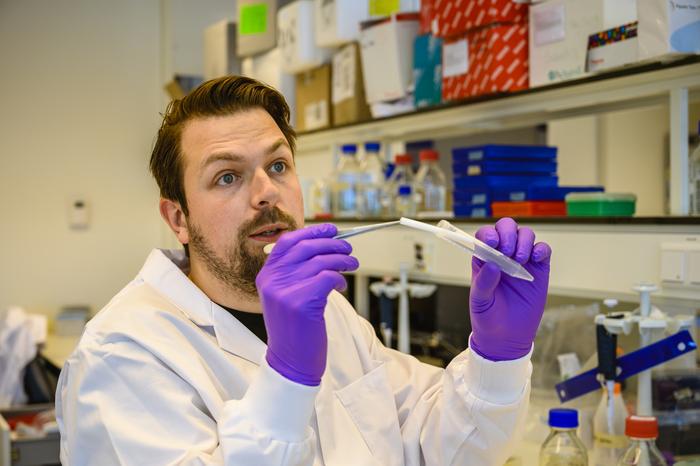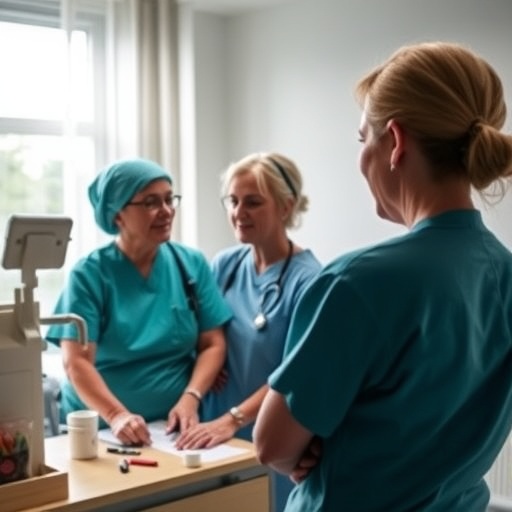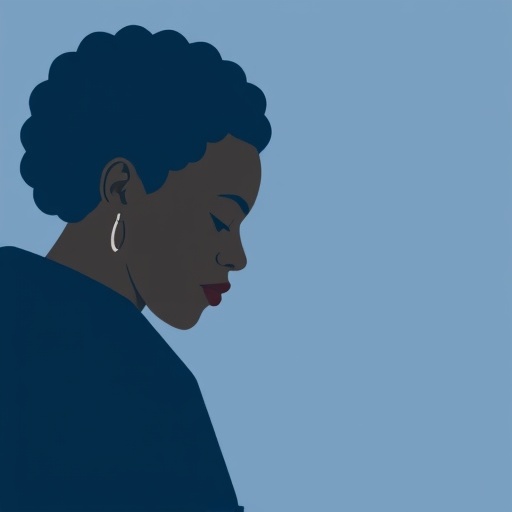The DRIVE-RM consortium, led by Professor of Experimental Nephrology Marianne Verhaar from UMC Utrecht, has been awarded €37.5 million under the prestigious NWO SUMMIT program. The SUMMIT grant recognizes world-class collaborations, while further strengthening these partnerships. The DRIVE-RM collaboration involves UMC Utrecht, Utrecht University, Eindhoven University of Technology, Maastricht University, and the Hubrecht Institute, focusing on smart materials that assist the body in healing.

Credit: UMC Utrecht
The DRIVE-RM consortium, led by Professor of Experimental Nephrology Marianne Verhaar from UMC Utrecht, has been awarded €37.5 million under the prestigious NWO SUMMIT program. The SUMMIT grant recognizes world-class collaborations, while further strengthening these partnerships. The DRIVE-RM collaboration involves UMC Utrecht, Utrecht University, Eindhoven University of Technology, Maastricht University, and the Hubrecht Institute, focusing on smart materials that assist the body in healing.
Regenerative medicine involves repairing or replacing damaged tissues and organs by leveraging the body’s own healing processes. DRIVE-RM specifically focuses on material-driven regeneration, using intelligent, lifelike, or even living materials that can prompt the human body to generate new tissue. This approach could radically change the treatment of chronic diseases such as kidney failure, heart failure, and worn joints in the future.
Recognition as world leaders
The NWO SUMMIT program targets top-tier collaborations and facilitates world-class breakthroughs. The project leader of DRIVE-RM is Marianne Verhaar, nephrologist and professor of Experimental Nephrology at UMC Utrecht. Marianne states, “Over the past 20 years, we have established strong collaborative efforts in regenerative medicine in the Netherlands with several large, innovative, and successful projects like the MDR Gravitation consortium. The SUMMIT grant is a wonderful recognition of this work and underscores the importance of regenerative medicine as a leading field in the Netherlands.”
Five know more than one
The involved institutes have been collaborating for some time, resulting in valuable innovations. One example is a synthetic, biodegradable blood vessel that aids the body in regenerating blood vessels. “With the consortium, we developed a blood vessel made of a degradable material that is gradually replaced by the body’s own tissue,” says Marianne. “It can function immediately as a blood vessel and does not lose functionality as the body takes over. This innovation beautifully combines biology and technology. Now, we will see if it also works well in patients.”
Bringing together techniques and disciplines
DRIVE-RM is led by five outstanding scientists, all experienced in leading innovative research projects. In addition to Marianne Verhaar, who focuses on kidney and vascular regeneration, the team contains Carlijn Bouten (TU/e, cardiovascular regeneration and tissue technology), Jos Malda (Utrecht University and UMC Utrecht, biofabrication and bone/cartilage regeneration), Jeroen Bakkers (Hubrecht Institute and UMC Utrecht, regenerative biology and heart regeneration), and Clemens van Blitterswijk (Maastricht University, tissue technology and biomaterials).
The DRIVE-RM project takes a multidisciplinary approach, integrating for example Utrecht innovations such as organoids and 4D bioprinting with the technical and material expertise of TU/e and Maastricht University. This leads to new insights in directing repair processes from the level of individual cells to whole organs. These combinations are essential for customizing treatments tailored to individual patients and their specific conditions.
A new approach is needed
The number of people with chronic diseases is increasing significantly, mainly due to aging populations. This leads to human suffering and high healthcare costs. “Regenerative medicine offers a promising opportunity to effectively treat chronic conditions by encouraging the body to heal itself,” continues Marianne. “Our scientists aim to fully understand the repair processes of tissues and organs in the patient and then direct this with implantable smart materials.” The DRIVE-RM consortium focuses on developing new treatments for heart failure, kidney failure, and disorders of bones, cartilage, and joints.
“Besides advancing scientific research and technological innovation, DRIVE-RM also provides a platform for collaboration with clinicians to make the translation to clinical practice,” says Verhaar, “and with ethicists to address ethical issues surrounding regenerative therapies.” Together with the involved Health Technology Assessment experts, this provides a framework that ensures these advanced interventions remain affordable and accessible.
Enabling future generations of scientists
The DRIVE-RM consortium places great emphasis on maintaining a healthy, inclusive, and diverse research culture and training the next generation—a key goal of the SUMMIT program. Therefore, the team explicitly includes emerging talents who will continue to strengthen Dutch research in regenerative medicine.
Verhaar concludes, “Ultimately, DRIVE-RM is more than just a research initiative; it is a vision for the future of healthcare. A future in which chronic diseases can truly be cured. By collaborating with leading academic institutions, DRIVE-RM aims to make these visionary treatments a reality.”




